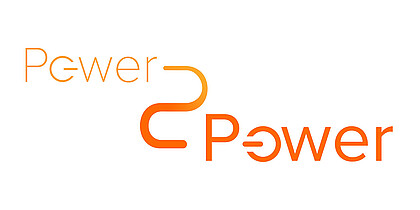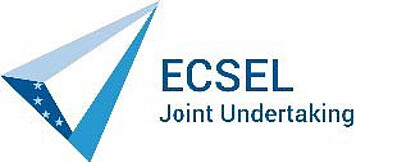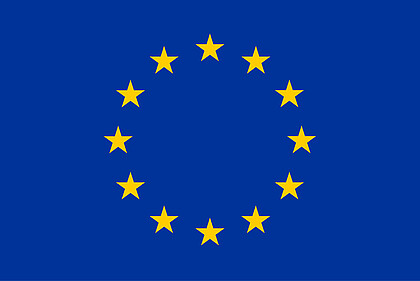HSZG research group SCO-TTi is working on a digitally enhanced maintenance workstation.

As part of the major European research project Power2Power the research group SCO-TTi is collaborating with Infineon Technologies AG Warstein on a digitally enhanced maintenance workstation.
To this end, the HSZG first developed an implementation concept for industrial AR (augmented reality) and presented it at the IEEE ETFA 2021 conference. Based on this, a first workshop for requirements analysis and process recording took place at Infineon in Warstein in November 2021. A concrete AR application was defined for a maintenance execution on a semiconductor processing line. Together with a software supplier specializing in AR, an agile approach was then used to program an intuitive application for maintenance staff to reduce cognitive knowledge work and enable hands-free working.
To test the application, HSZG created a model maintenance station based on the original, which was used in the SCM Lab to run the specially developed test scenarios.
This created the prerequisites for holding a second workshop on the topic of "AR-supported workplace in maintenance" from June 20 to 21, 2022, both in the SCO-TTi SCM Lab at the Faculty of Business Administration and Industrial Engineering and virtually.
The aim of this workshop was to intensively test and evaluate the AR application designed and created as part of the project with the Microsoft HoloLens 2 on a person-by-person basis in order to determine the next steps for final acceptance and approval of the overall system.

The partners from Warstein were able to test the application independently with AR glasses and on the maintenance model and follow the stream from the user's perspective in real time from a distance.
The application allows maintenance steps to be superimposed and additional information such as images to be displayed directly on the tool. This provides cognitive support for (still) inexperienced and experienced employees during the complex maintenance of a machine tool for semiconductor production. AR technology also allows experts to see through the eyes of the employee and guide them.
We would also like to express our special thanks to the employees of the university's metalworking shop for their uncomplicated support in creating the tool.
For the next steps, we are looking for participants for further experiments with AR glasses and maintenance on our tool model and our machinery. If you are interested, please contact Mr. Kazimierz Przybysz and/or Mr. Fabian Lindner.





The Work underlying this publication was supported by the project Power2Power. It is funded by the ECSEL Joint Undertaking (JU) under Grant Agreement No. 826417. The JU is supported by the EU program for research and innovation Horizon 2020. The project is co-funded by the consortium partners and national grants from Austria, Germany, including the Free States of Saxony and Thuringia, Belgium, Italy, Spain, Romania, Finland, Hungary, the Netherlands, Slovakia, and Switzerland. Parts of the work have also been funded by the German Federal Ministry of Education and Research (BMBF) under the grant number 03WIR2704. The responsibility for the content of this publication lies with the authors and does not necessarily reflect the opinion of the JU or the BMBF.